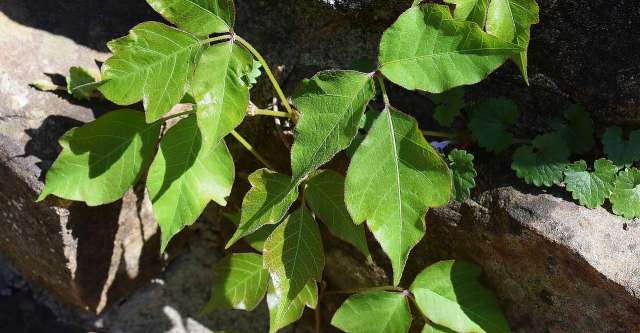Poison ivy is a common plant found in North America. It is an adaptable, persistent species of plant and as a result, easily grows throughout a yard or field. The poison ivy plant contains an oil on its leaves, in the plant, and even in the roots. This oil, called urushiol, will affect the skin when it comes in contact with it. Not everyone reacts to poison ivy, but about eighty-five percent of people do. Some people more so than others. It can be easy to develop the rash if you don’t know what you’re looking for, and it can be easy to spread the rash once you get it. Fortunately, it is not that difficult to identify the plant with a little practice or care for your itchy symptoms.
It has leaves that grow in groups of three
Poison ivy always has leaves that grow in groups of three. If you use this as the principle of identifying the plant, you’ll have a strong start. Although three leaves are apparent, the plant is pretty discreet in the rest of its habits.
Their leaves are pointed at the tip
The three leaves should all have pointy tips, not softly rounded or jagged edges. Just smooth pointy tips.
Poison ivy is usually green in the spring and reddish in the fall
In the spring through summer the leaves are generally a vibrant green color, but in the fall, they turn red with the rest of the trees, this does not, however, mean they’re dormant, it just means they’ve changed color.
The plant grows as both a vine and as a shrub
Poison ivy can grow in many different ways. Although it might have ivy in its name, it can also grow as a bush or single plant as well as developing into a vining menace.
It has flowers with small clusters of white berries in the spring
Poison ivy produces small clusters of fruit. If you see a plant that has berries, do not touch or eat them for any reason, although harmless to deer and wildlife, the fruit is toxic to humans.

